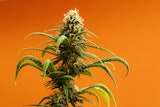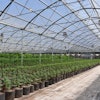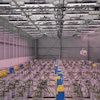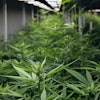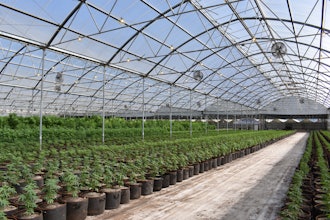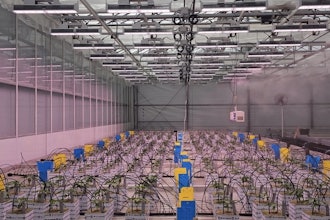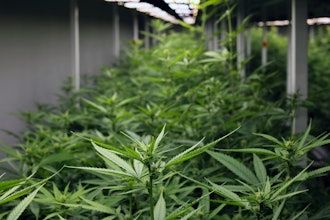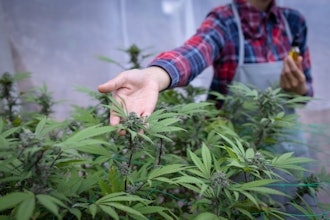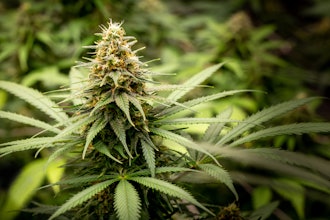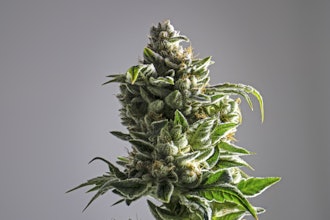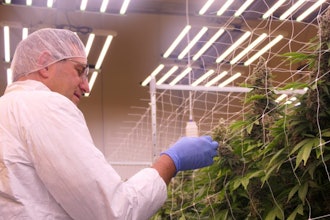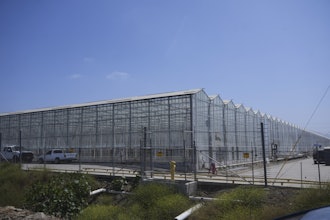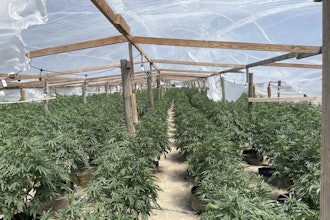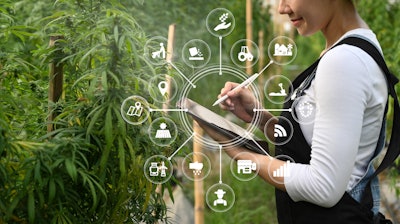
With the rapid advancement of technology, plant care is undergoing a transformation. Indoor cannabis cultivation is a prime example. Integrating the Internet of Things (IoT) with traditional plant care practices provides unique insights into the intricate world of cultivation.
This series will guide you through the essence of each of the fourteen pillars of plant care, focusing on indoor growth and revealing the nuances of how IoT can be a game-changer for cultivators.
The Fundamental Pillars
Understanding the pillars of plant care is paramount for any cultivator due to the myriad variables involved in growing cannabis.
1. Temperature: A core aspect of any cultivation environment. Beyond ambient warmth, temperature influences the metabolic activities within plants. Consistent monitoring, enabled by IoT, ensures that metabolic processes proceed at optimal rates, fostering robust growth.
2. VPD (Vapor Pressure Deficit): As one delves deeper into cultivation, terms like VPD become crucial. VPD maintains a balance between temperature and humidity, determining the rate at which plants lose water. Real-time tracking via IoT devices alerts cultivators if conditions deviate from the ideal, preventing potential plant stress.
3. Radiation or Lighting: Advancements in indoor farming have reduced dependence on natural sunlight. Now, IoT-integrated lighting systems can emulate nature's best conditions, providing plants with tailored light spectra.
These are just three of the key aspects. Throughout the series, I'll cover all fourteen, even touching on how to capture data for things like canopy management and beneficial microorganisms.
Monitoring Through Telemetry
IoT's beauty is its ability to gather and interpret vast data points.
Temperature Telemetry:
- Air Temperature: Captures the immediate surroundings of a plant.
- Example Value: Maintaining an ambient temperature between 22°C to 25°C (71.6-77°F) is often ideal for a thriving vegetative state.
Visual representation of IoT data, known as time-series data, provides cultivators with intuitive dashboards highlighting trends, potential issues, or growth opportunities.
Choosing the Right Monitoring Devices
The market is flooded with IoT devices tailored for specific purposes.
For VPD Monitoring:
- VPD Sensors (Humidity Probes): Specialized to detect the difference between the surrounding air's vapor pressure and saturation point. To comprehensively understand the plant's saturation level, one should also consider the VPD at the canopy level. A porometer, which measures stomatal conductance on leaves, can provide insights at the leaf level.
Real advancements with this data typically require a combination of IoT devices and data inputs to accurately represent specific environmental factors, like VPD, and monitor their impact on the plant.
Translating Data into Informed Decisions
Raw data is valuable, but interpreting it, understanding its implications, and taking informed actions is where the real magic happens.
For instance, with Lighting Data:
- Adjusting Light Cycles: IoT enables remote adjustments to light duration if plants receive excessive light, ensuring plants aren't photo-bleached.
- Modifying Light Spectrum: Different growth stages demand varied light spectra. With IoT, adjustments can be made based on the plant's current phase, be it vegetative or reproductive.
Precision through Calibration
Accuracy is paramount for effective monitoring. Regular device calibration ensures the collected data is both precise and reliable, aiding in immediate decision-making and formulating long-term cultivation strategies.
Culmination
With the integration of IoT, the cultivation process becomes not only more efficient but also insightful. As we explore each pillar in this series, the goal is to provide a comprehensive understanding, merging age-old cultivation wisdom with modern technological innovations.
By the end of this series, it'll be about more than just data or devices. It'll be about truly understanding your plants, promptly responding to their needs, and setting the stage for unparalleled growth and health.
Shawn Deggans is the owner of Green Nanny, an IoT, AI and data consulting company focused on helping growers spend more time in the garden, and less time struggling with technology.
